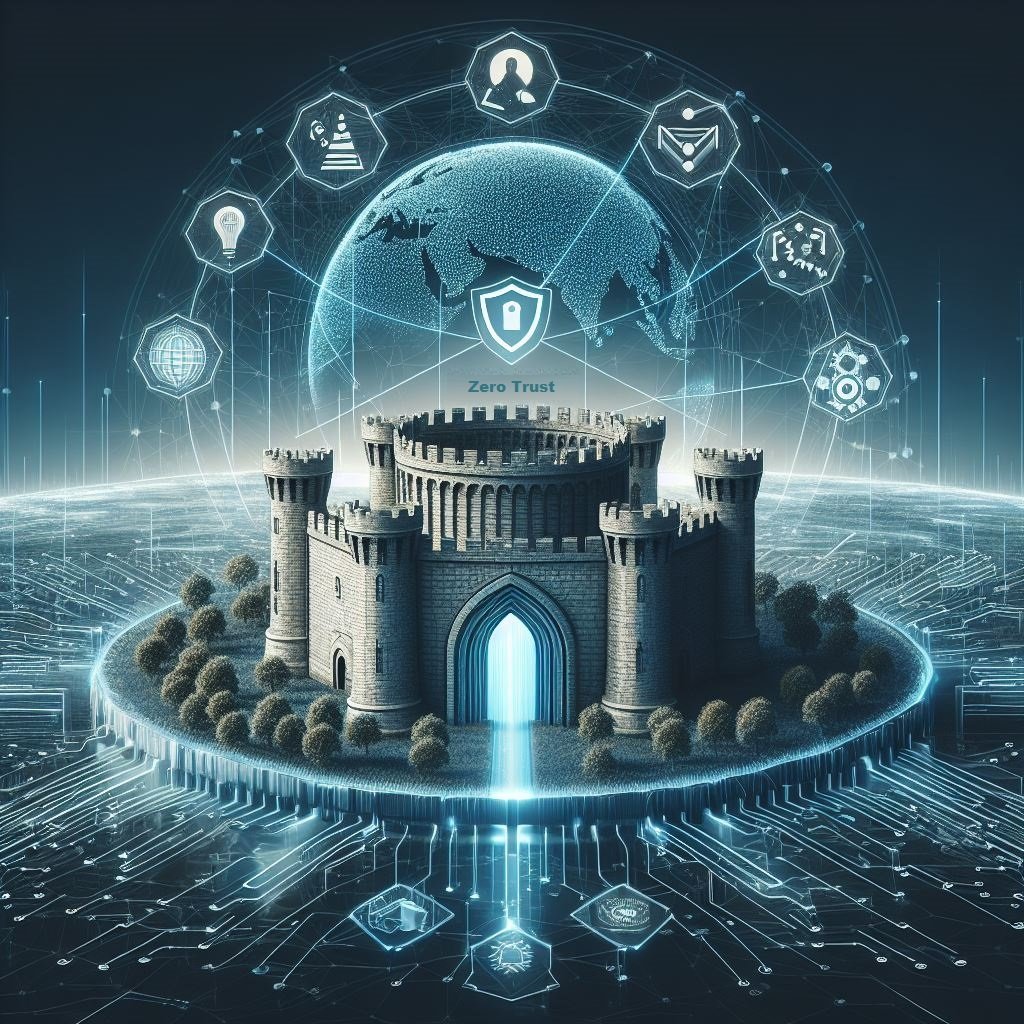As our digital landscape evolves, the imperative to build a secure future becomes paramount. This article is a roadmap to unraveling strategies for cyber resilience, equipping individuals, businesses, and organizations with the tools needed to navigate the complexities of the digital age.
Understanding the Cyber Threat Landscape
- The Pervasiveness of Threats: Acknowledge the omnipresence of cyber threats, from ransomware to phishing attacks, emphasizing the need for proactive measures.
- Targeted Industries: Recognize industries often in the crosshairs of cybercriminals, such as healthcare, finance, and critical infrastructure, prompting the importance of tailored security measures.
Strategies for Cyber Resilience
- Holistic Security Frameworks: Adopt comprehensive security frameworks that encompass network security, endpoint protection, and cloud security, creating a unified defense against evolving threats.
- Continuous Monitoring: Implement continuous monitoring systems to detect and respond to threats in real-time, minimizing the potential impact of cyber incidents.
- Employee Training and Awareness: Prioritize ongoing cybersecurity training for employees, fostering a culture of awareness and ensuring that the human element is a strong line of defense.
- Zero Trust Architecture: Embrace the Zero Trust model, where no one, whether inside or outside the organization, is trusted by default, demanding verification from anyone trying to access resources.
Reference: National Institute of Standards and Technology (NIST) – Cybersecurity Framework
Technology and Innovation
- AI and Machine Learning: Harness the power of artificial intelligence and machine learning for threat detection, anomaly identification, and adaptive cybersecurity measures.
- Blockchain for Security: Explore the potential of blockchain technology to enhance the security of transactions, data storage, and identity verification.
Global Collaboration
- Information Sharing: Promote collaboration and information sharing between businesses, industries, and governments to create a collective defense against cyber threats.
- International Cybersecurity Standards: Advocate for and adhere to international cybersecurity standards to ensure a unified and globally recognized approach to digital security.
Empowering the Individual
- Digital Literacy: Elevate digital literacy to empower individuals with the knowledge needed to navigate the digital landscape securely.
- Privacy Protection: Advocate for privacy rights and practices that safeguard personal information, reducing the risk of data breaches and identity theft.
What Individuals Can Do to Bring About Change
- Stay Informed: Regularly educate yourself about the latest cybersecurity threats, best practices, and advancements. Awareness is the first line of defense.
- Secure Personal Devices: Implement security measures on personal devices, such as strong passwords, regular updates, and antivirus software.
- Practice Safe Online Behavior: Be cautious with email attachments, links, and requests for personal information. Practice good online hygiene to avoid falling victim to phishing attempts.
- Advocate for Privacy: Support and advocate for privacy-focused legislation and initiatives. Encourage organizations and policymakers to prioritize user privacy in the digital realm.
- Promote Cybersecurity Education: Encourage educational institutions and community programs to include cybersecurity education in their curricula. Promote awareness from an early age.
- Report Suspicious Activity: If you encounter suspicious online activities or potential security threats, report them to the relevant authorities or platforms. Timely reporting contributes to a safer digital environment.
Building a secure digital future is not solely the responsibility of businesses and governments; individuals play a crucial role. By adopting these strategies and actively participating in the journey toward cyber resilience, we collectively contribute to a safer and more secure digital landscape.
